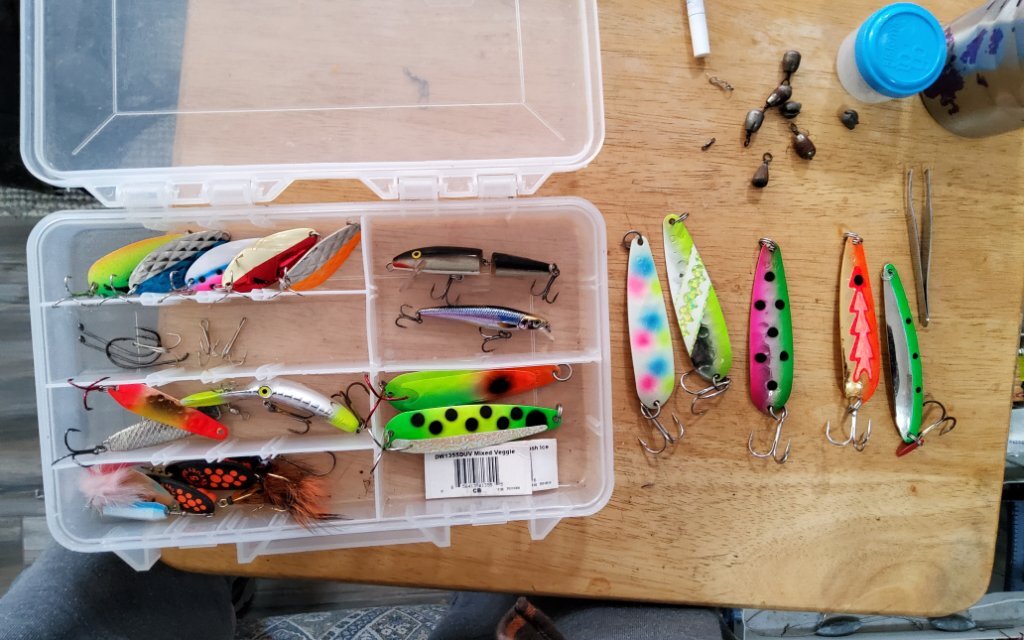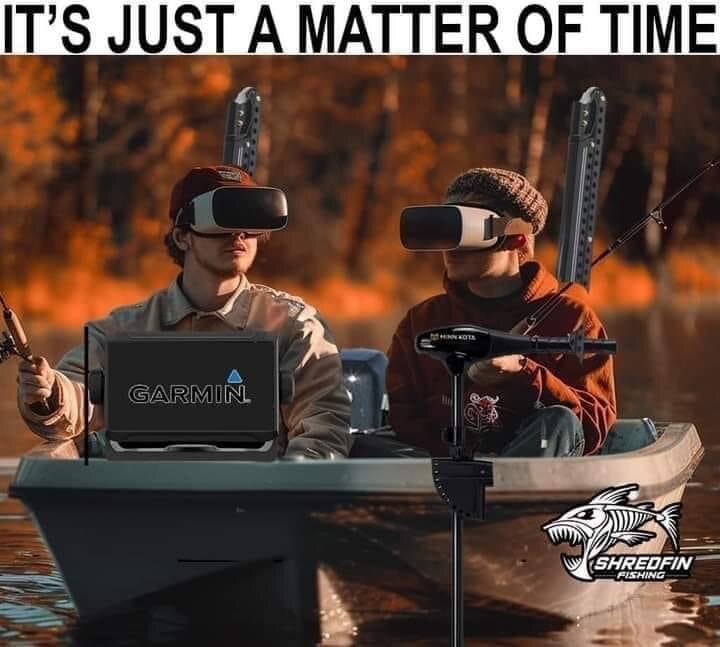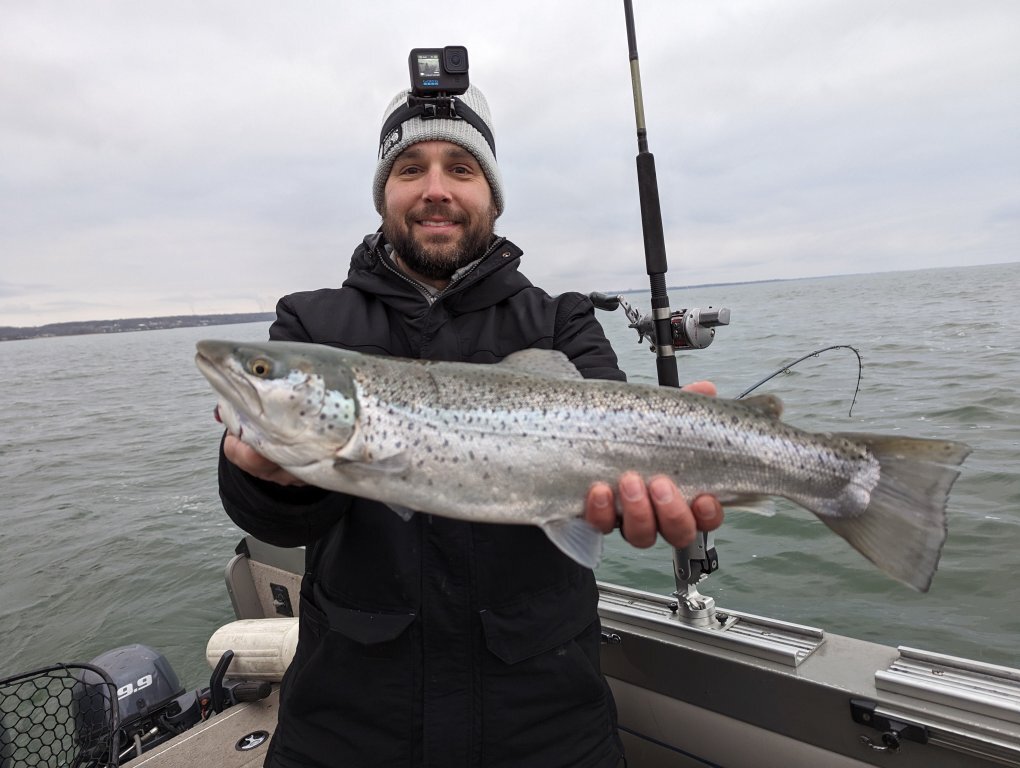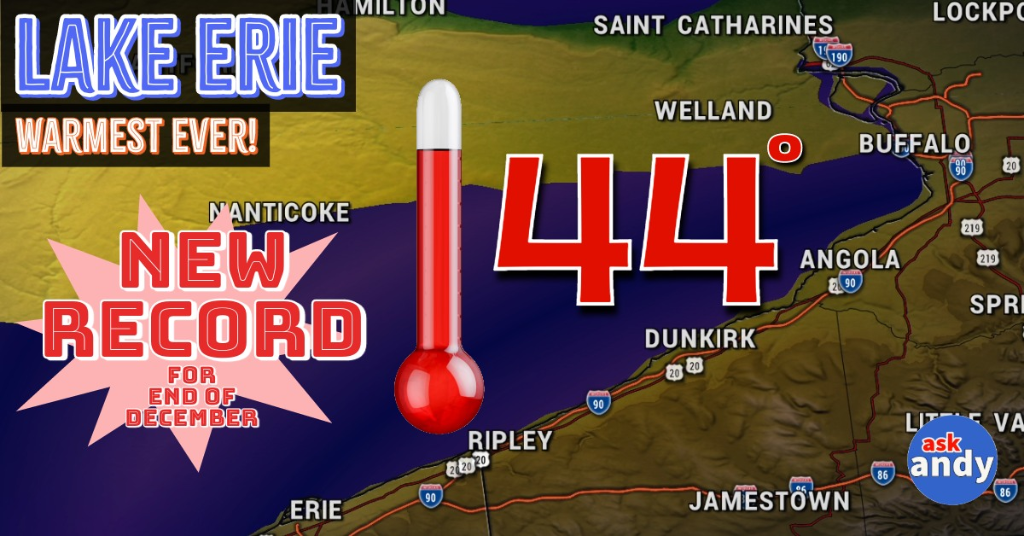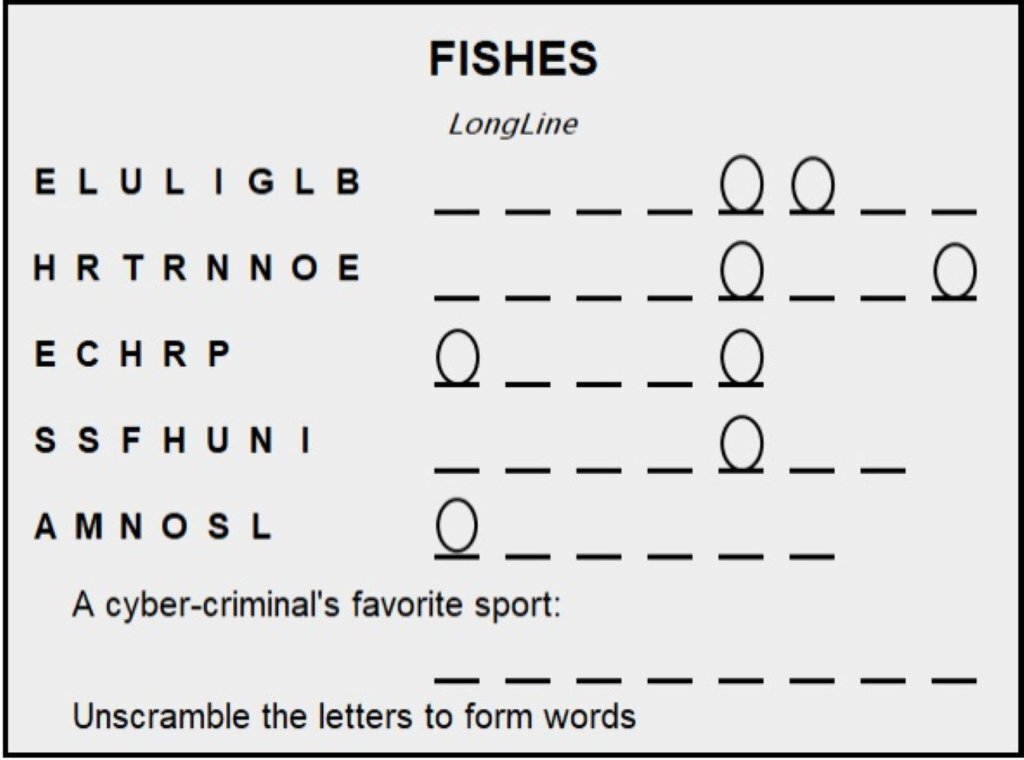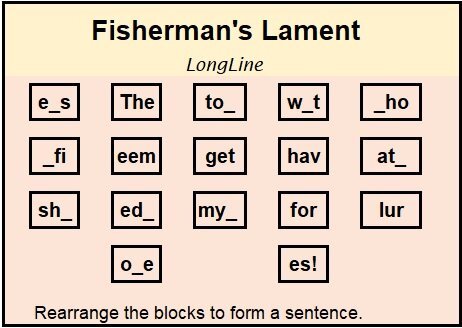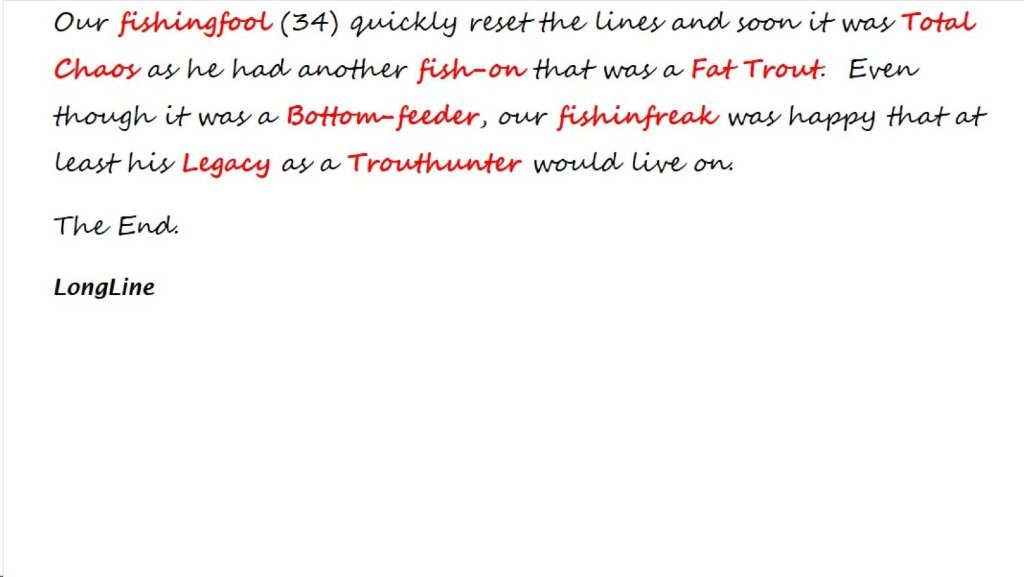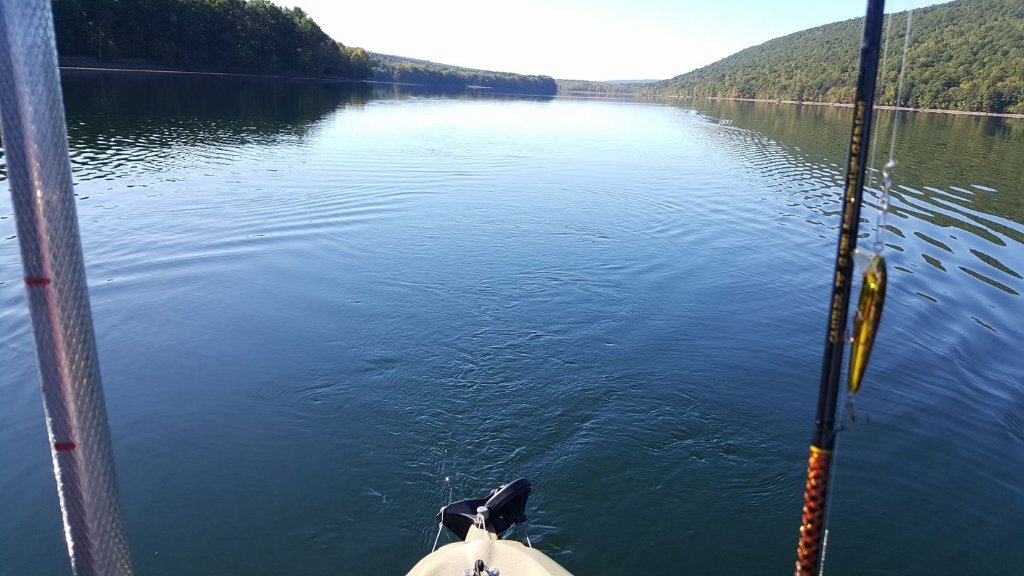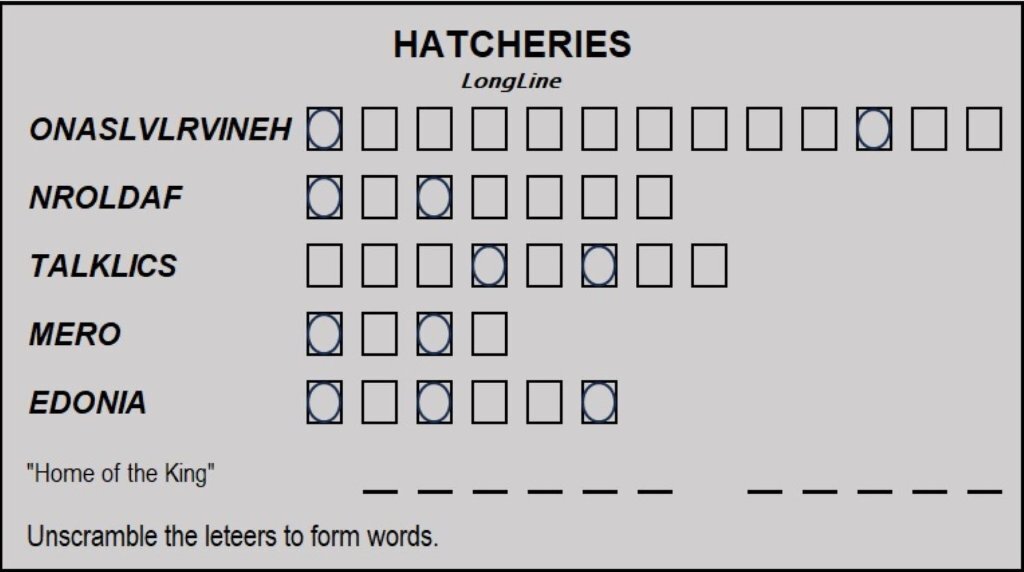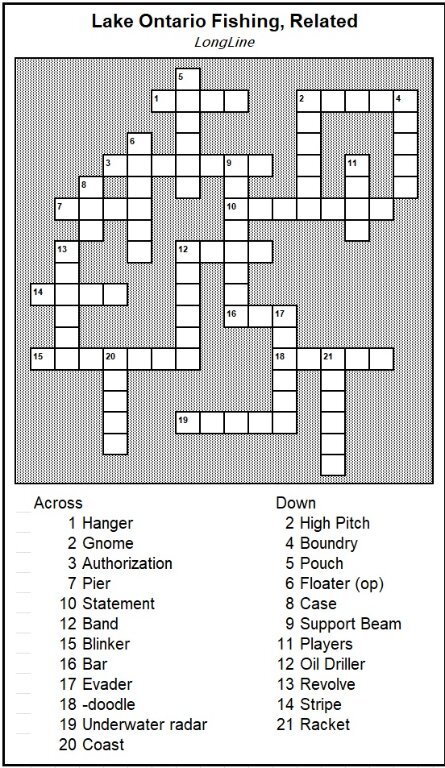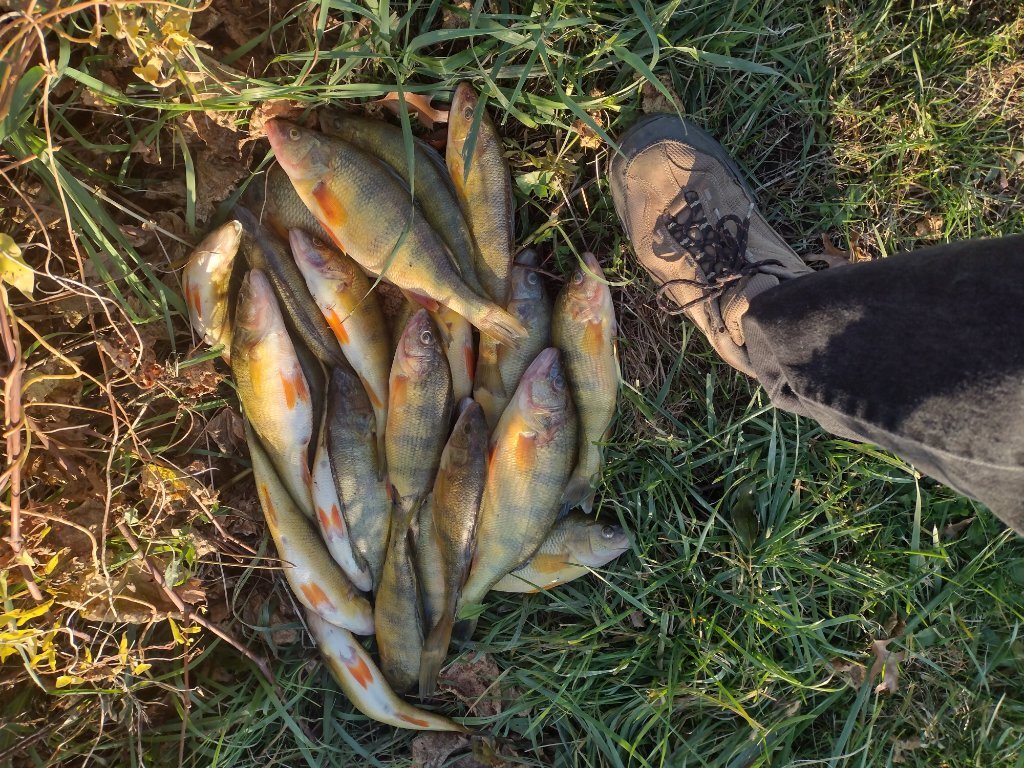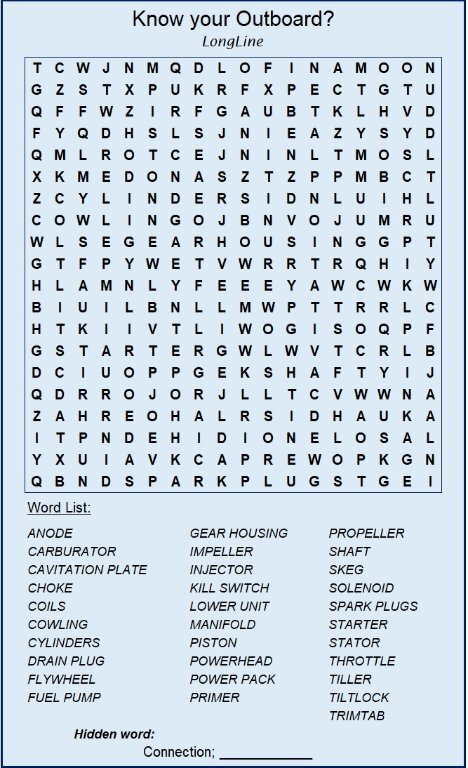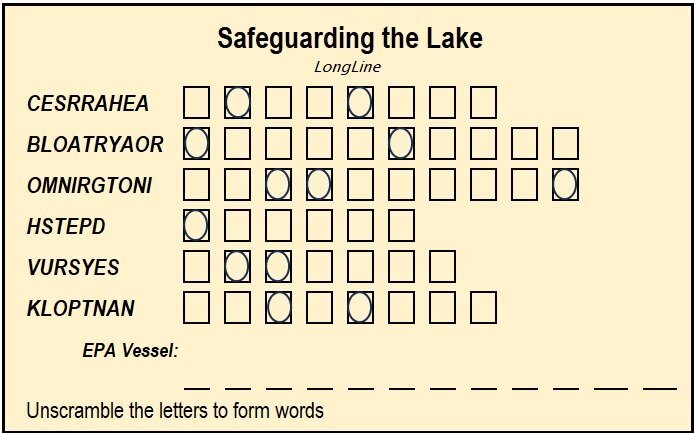

LongLine
Professional-
Posts
3,883 -
Joined
-
Last visited
Content Type
Profiles
Forums
Events
Gallery
Store
Everything posted by LongLine
-

Going out Saturday, newbie on Lake O has couple questions
LongLine replied to moonfish's topic in Tackle and Techniques
-
"Fishing" can be defined as "the activity of trying to catch fish." I don't know anyone who thinks these inventions within the last 70 years make our fishing "unsporting": Electric downriggers Ball bearing swivels Fiberglass/graphite/combo rods Dipsy Divers Multiple gain, color screen fish finders with alarms Electronic temperature probes Floro & Copoly fishing lines GPS with waypoint memory Line counting reels Lead core/copper lines Contour following electronics Internet fishing websites How many ran right out & bought them? None of them actually put fish in the boat, however, they were pretty progressive for their times, and most are commonplace today. IMO, anyone against trying to make progress is stuck in their "horse & buggy" days. Doesn't matter to me how you fish (as long as it's legal), so enjoy it while you can.
-

Trolling with gas outboard motor question
LongLine replied to jake8484's topic in Questions About Trout & Salmon Trolling?
Sorry, but I'm leery of lowering rpms. Police cars aren't necessarily normal stock cars. If my Ranger idles too long, the engine will automatically increase rpms. I'm guessing some kind of heat control. Lord knows what newer electronics will do. (Make sure you're pumping sufficient water at lower rpm.) I used to have a merc 9.8 that would go as soon as it started. I'd swear that the 2022 9.9 that I have now is cold blooded. It has to run choked for 3-4 minutes to warm up before it'll run. (even with throttle control depressed, doesn't seem to significantly change warm up time). However, when warmed up it'll troll my 18 ft'r down to where I can troll X4 flatfish. (0.8 mph on GPS.) -

Trolling with gas outboard motor question
LongLine replied to jake8484's topic in Questions About Trout & Salmon Trolling?
Motors are spec'd to run at certain RPMs by manufacturer. A four stroke may not get the oil it needs if you go below what's spec'd. Bags & plates are much cheaper than new motors. -
Discussion was about ANGLING as OP said "on the boat". I suppose some might use a boat while ice fishing, but I don't know any. (hopefully.) I've seen cars, trucks, snowmobiles on the ice but never a boat. A guy once claimed he trolled on the ice and caught 200 Lbs of ice, but I never believed him. DEC explicitly states ice fishing is not ANGLING. (my caps) I troll 3 rods all the time from my boat. (In the open water, never on ice) Very easy to do without tangles, if you know how. I had a triple once, off two riggers (a major, a teenager and a bow) and nothing tangled plus all successfully released, while solo. I've had numerous doubles out there solo, also with no tangles. (hopefully, I'm not jinxing myself) With 2 on the boat, we only run 5, with 3 in same configuration as solo.
-
Semantics can be argued all day long. I read the wording "and includes" to mean requires. Yes, I realize you can land a bass via thumb in mouth (if you don't mind hooks in your fingers)'and you can tail a King.; (If you don't mind getting splashed.) and you can drag a fish to shore then scoop it out with your hands. With those in mind and the advent of the Boga type grip, maybe this reg should be re-written/clarified. Use and possession of Gaff and Gaff hooks is explicitly prohibited on fresh water in New York State, in the general angling regulations. Maybe regs say you can use them with tip-ups/downs somewhere, but I'm not aware of it. Tip-ups/downs are not considered angling. I've seen those 2nd mortgage boats too. $100K for the boat $45K for the power plant $50K for electronics $15K in rods/gear $85K for the truck to haul it all $2K for insurance for what? One has to win a lot of tournaments to pay that back. With old age comes wisdom and sometimes senility.
-
-
There is NO LIMIT on RODS. The limit is on LINES. The reason it is on lines is simply because you do not need a rod to catch a fish in New York State. Growing up on Port Bay, our neighbor's grandfather (from the "old county") used to sit on his dock with a hand line. I can remember him hand-lining a Northern Pike in! (was amazing) There's also a thing called the Seth Green rig, where a real Seth Green uses a winch to reel in a weighted cable with multiple hooks attached to it. (A slider attaches to your fishing line, not the downrigger cable.) The hook and point rules (quantity and size) are there for multiple Alabama rigs (umbrella) and gang hook snagging or foul hooking (incidental or not) Also, if you read the DEC definitions of "angling", it requires the use of a net to complete the landing of the fish. Tip-ups are explicitly classified as not angling in the definitions which is why they have different regs. What we call the "3 rod rule" was initiated and lobbied for by Big-O recreational fishermen to help them catch Salmon and was supported by many charters. (I know because I initiated the petitions) The logic behind it was simply that Great Lakes fish could be above, in, or below the thermocline at any given time which was difficult to cover at the time with only 2 rods while trolling unless you had multiple persons on board. It was felt that the 3rd rod could help more fishermen be successful hence more guys would return to the fishery and word would spread throughout the countryside. which could entice others. The bottom line being potential for more license sales and help promote Big-0 fishing which would benefit local communities. i.e. bait shops, motels, launches, camp sites, gas stations, restaurants and even charters, etc. Tom B. (LongLine)
-

Yankee in the ROC 12/31
LongLine replied to Yankee Troller's topic in New York Fishing Reports - Lake Ontario (South Shore)
-

Lake Ontario water temps - Deep water off Rochester
LongLine replied to GAMBLER's topic in Open Lake Discussion
-
-
-

Special experiences on the water while fishing
LongLine replied to rolmops's topic in Open Lake Discussion
Once had a couple big orange butterflies land on a rigger rod out in 150 FOW. They stayed for about 10 minutes and then took off. About 20-30 ft away from boat a bird swooped down and grabbed one of them. The other flew back to boat and stayed on dash next to side window for about 2 hours. Guess he felt safe there. Years ago, was E-W trolling in about 30-35FOW in front of river. Heavy fog set in and could just make out pierheads. Was startled by the foghorn. Then heard a loud engine rumbling and remembered there was no foghorn. Freeking concrete boat headed right for me. Gunned the motor, rigger wire snapped but I got out of its way quick. It past about 200 ft behind me and looked like a ghost ship. Scared the "S" out of me so I don't go out if fog is in the forecast. Also, years ago, while fishing off my dad's dock at Port Bay, saw a pike come up to surface - tail first. His head was probably halfway down another pike's mouth. Funny because neither one of them was all that big. -
Well, here's the answers so far: Safeguarding the Lake: Research Laboratory Monitoring Depths Surveys Plankton Lake Guardian Fishing related Across Down 1. Hook 2. Treble 2. Troll 4. Limit 3. License 5. Holder 7. Dock 6. Sinker 10. Release 8. Box 12. Ring 9. Stringer 15. Flasher 11. Cast 16. Rod 12. Rigger 17. Dodger 13. Swivel 18. Dipsey 14. Line 19. Sonar 21. Paddle 20. Shore Know where the fish come from? Vanhornsville Randolf Catskill Rome Oneida Salmon River More puzzles to come
-
-
-
-

This makes me angry
LongLine replied to minnowcatcher's topic in New York Fishing Reports - Lake Ontario (South Shore)
-
I would assume processed means filets. But to be sure, you should email the NYSDEC for clarification. They may want the skin left on for identification. Also, I would contact Canadian Customs to see what they allow back over the border. They may have special regulations for bringing "food' into Canada.
-
from the NYS regs" Fish caught in New York State Salable fish may be transported in any number. No more than two days' legal take of non-salable fish may be transported unless a permit is obtained from a DEC Regional Office, or the fish are frozen, processed, and packaged for storage. Not sure what the Canadian import regs say.
-
-
-
Congrats on the boat. Thanx for the input.

